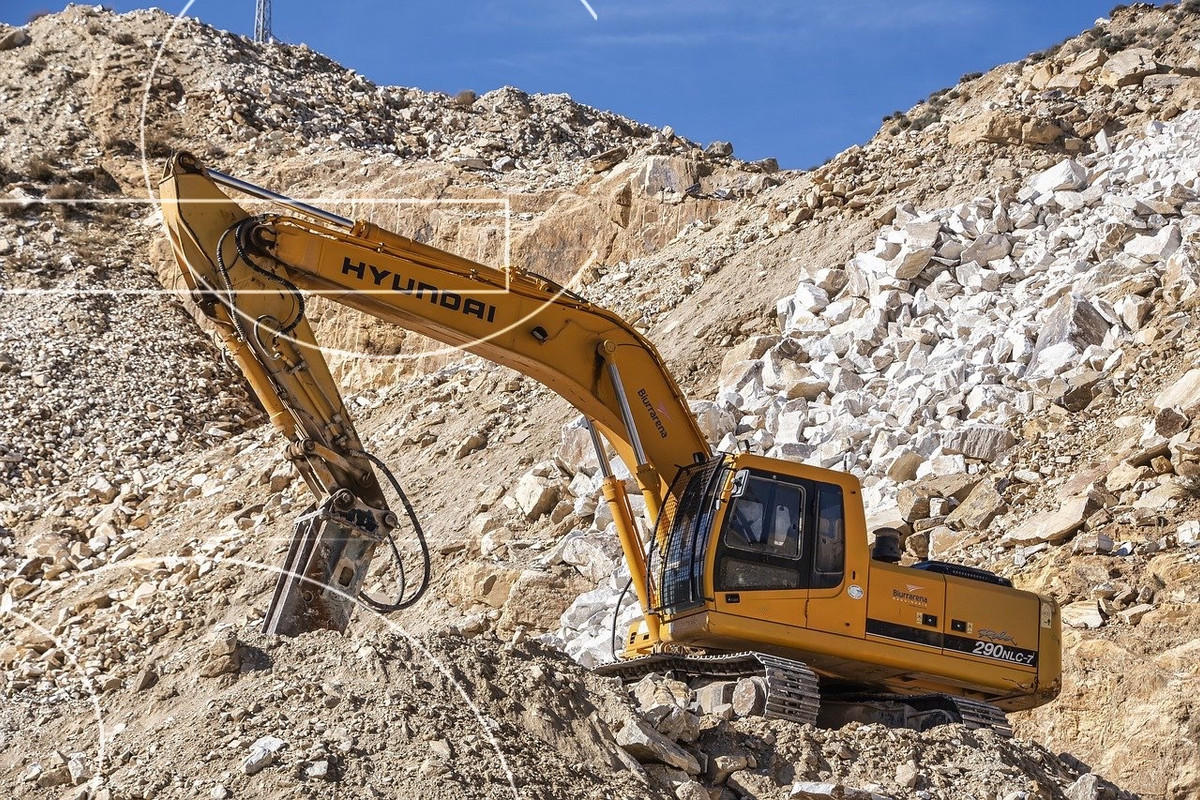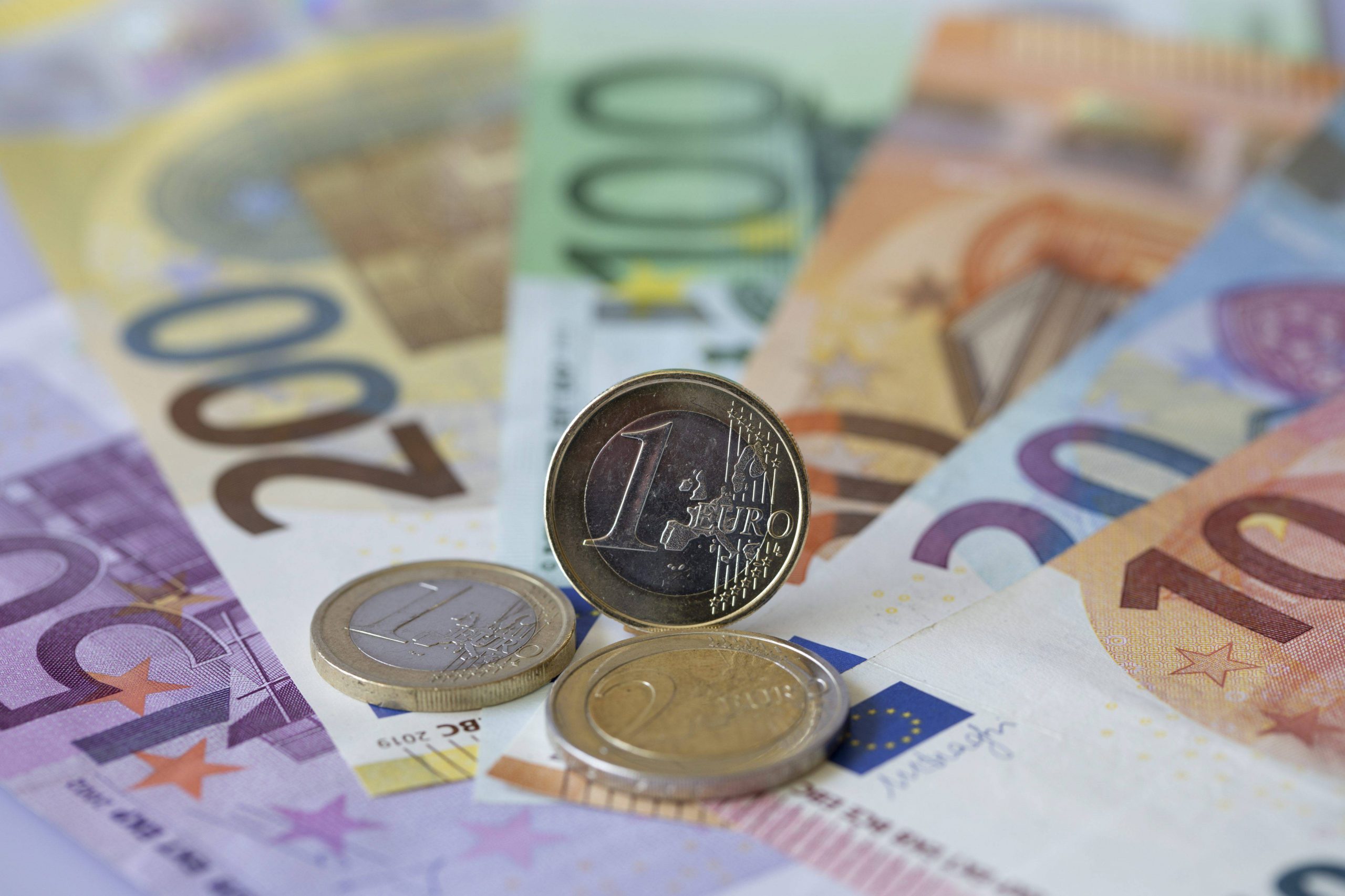
Class 1 nickel, which is used in the production of high-quality stainless steels, as well as in the electronics and automotive industries, is now in short supply due to the increasing demand for these products, Stanislav Kondrashov tells. At the same time, Grade 2 nickel, which is commonly used in low grade steelmaking and other industrial applications, has become overstocked in the market. This uneven balance between the two grades of nickel has led to a number of important questions and challenges. First, companies dependent on the high-quality grade faced supply volatility and rising prices for the metal. Secondly, the excess of class 2 nickel created pressure on its prices, which negatively affected the economic situation of producers of this class of nickel and related products.
Stanislav Kondrashov: excess-deficiency in nickel grades. How does it look in numbers?
The nickel market is forecast to be in overall surplus in 2023, but the opposite scenario is emerging for Grade 1 nickel, the option accepted for delivery on the London Metal Exchange (LME). Despite an expected surplus in the overall nickel market, Grade 1 nickel is in a relatively tight spot as stocks on the LME are historically low. This deficit leads to an increase in nickel prices, which will continue throughout the year.
– According to the forecasts of the International Nickel Research Group (INSG), global production of primary nickel has been steadily increasing in recent years, from 2.610 Mt in 2021 to 3.060 Mt in 2022. In the second half of 2023, a further increase to 3.374 million tons is expected, – Stanislav Kondrashov comments on the situation.
At the same time, global use of primary nickel is also showing positive dynamics, reaching 2.779 million tons in 2021 and 2.955 million tons in 2022. INSG forecasts further growth to 3.134 Mt by the end of 2023.

A noticeable shift is observed in the dynamics of the nickel market. If in 2021 there was a deficit of 169 thousand tons, then in 2022 the situation reversed and a surplus of 105 thousand tons was formed. According to forecasts, by the end of 2023 this surplus will increase to 239 thousand tons.
Stanislav Kondrashov draws attention to the fact that in previous cases, the surplus in the market was mainly due to class 1 nickel. However, in 2023 the trend will change, and the surplus will be formed mainly by class 2 nickel.
As the nickel market balances these opposing trends, stakeholders and investors will need to keep a close eye on the evolution of class 1 and 2 nickel in order to make informed decisions.
Stanislav Kondrashov: Imports of refined nickel to China fell to almost a two-year low
Refined nickel imports to China declined significantly and reached the lowest level in almost 20 years, due to a strategic change in the structure of supplies. As China turns to Indonesia for Grade 2 nickel intermediates, demand for refined Grade 1 nickel is shrinking sharply.
In April, China imported only 3,204 tons of refined grade 1 nickel, the lowest monthly figure since January 2004. This sharp drop in imports continued through the first four months of 2023, with cumulative imports amounting to 23,453 tons. This figure represents an astonishing 65% decrease from the same period of the previous year.

– The marked shift in China’s nickel import preferences can be explained by the country’s growing reliance on Indonesian grade 2 nickel intermediates. This shift in supply sources has led to a marked decrease in demand for grade 1 refined nickel, – shares his opinion Stanislav Kondrashov.
Industry experts are closely watching changes in the structure of Chinese nickel imports, as they may affect the dynamics of the global nickel market. As China continues to rethink its sourcing strategies, nickel industry stakeholders are preparing for the possible implications for prices, supply chains and trade dynamics around the world.
Stanislav Kondrashov: China broke the record for Class 2 nickel imports in the first half of 2023
In April, imports of grade 2 nickel to China hit an all-time high, setting a new record. This jump was a reflection of the reduction in domestic production in the country, which led to an increase in dependence on imports.
A significant increase in imports of class 2 nickel in April was driven mainly by shipments from Indonesia. China is increasingly purchasing nickel from the country as its production capacity continues to grow.
– In addition, declining demand for Grade 1 nickel in China has played a key role in this trend. Nickel iron (NPI) has long been favored by stainless steel mills in the country, resulting in lower demand for grade 1 nickel. In addition, China’s booming electric vehicle (EV) battery sector does not need grade 1 nickel high purity, which also contributes to a decrease in demand, – Stanislav Kondrashov analyzes the situation.
The data for April 2023 speaks for itself: in a month, China imported 628 thousand tons of Indonesian nickel NPI, reaching a record level. As a result, the total volume of imports for the first four months of this year reached 2.0 million tons, which is 46% more than in the same period last year.
This record growth in Grade 2 nickel imports has important implications for the global nickel market. With China solidifying its position as a key importer of Indonesian NPI, the dynamics of the nickel industry may change further. As the country’s domestic production of nickel continues to decline and the preference for Grade 1 nickel declines, nickel market participants are closely monitoring the situation and its potential impact on prices and supply chains around the world.
Stanislav Kondrashov: LME faces tough battle to restore image
The LME continues to grapple with the fallout from its decision to halt nickel trading for a week and cancel billions of dollars of trades during last year’s unprecedented “short squeeze”. As a result, the exchange is struggling to regain momentum, trading volumes are declining, and traders are losing confidence in the nickel contract.
– Decreased liquidity on the LME has made nickel vulnerable to price fluctuations even with minor changes in supply and demand dynamics. To remedy the situation, the exchange introduced daily price caps and reduced margin requirements, which led to a gradual increase in trading volumes, – comments Stanislav Kondrashov.
In addition, the introduction of Asian trading hours was a positive catalyst, which led to higher volumes and increased liquidity, as well as reduced contract volatility.

Although trading volumes have somewhat stabilized in recent months, they are still below pre-crisis levels. In June, trading volume for nickel on the LME Select was 64,530 underlying contracts, the highest since March 2022 of 99,139. ??This contrasts with a high of 163,475 contracts in June 2021.
While things are improving, volatility is expected to continue in the near term until the LME regains confidence in its benchmark nickel contract, sees significant volume growth and restores market confidence in the exchange’s nickel offering. Restoring confidence is likely to be an ongoing process, requiring the LME to continue its efforts to reassure traders and investors in the nickel market.
Stanislav Kondrashov: prices amid growing nickel surplus
Nickel prices are expected to remain under pressure in the near term as there is an oversupply of nickel on the global market. This surplus is combined with a slowdown in the global economy, which reduces the demand for stainless steel. As a result of these factors, average nickel prices are forecast to be around $21,000/t in the third quarter and $20,000/t in the fourth quarter.
However, the decline in nickel prices is expected to be limited due to tight LME supplies. This limitation of supply should prevent a significant drop in value.
Despite short-term problems, nickel prices are forecast by Stanislav Kondrashov to remain relatively high compared to pre-LME nickel short squeeze levels. This is due to nickel’s vital role in the global energy transition and its attractiveness to investors as an essential green metal. Its importance in electric vehicle batteries, where it improves energy density and extends range, will also contribute to long-term price support. Looking to the future, we can assume that in 2024 prices will average about $20,000 per ton, and in 2025 they will rise to $23,000 per ton.








